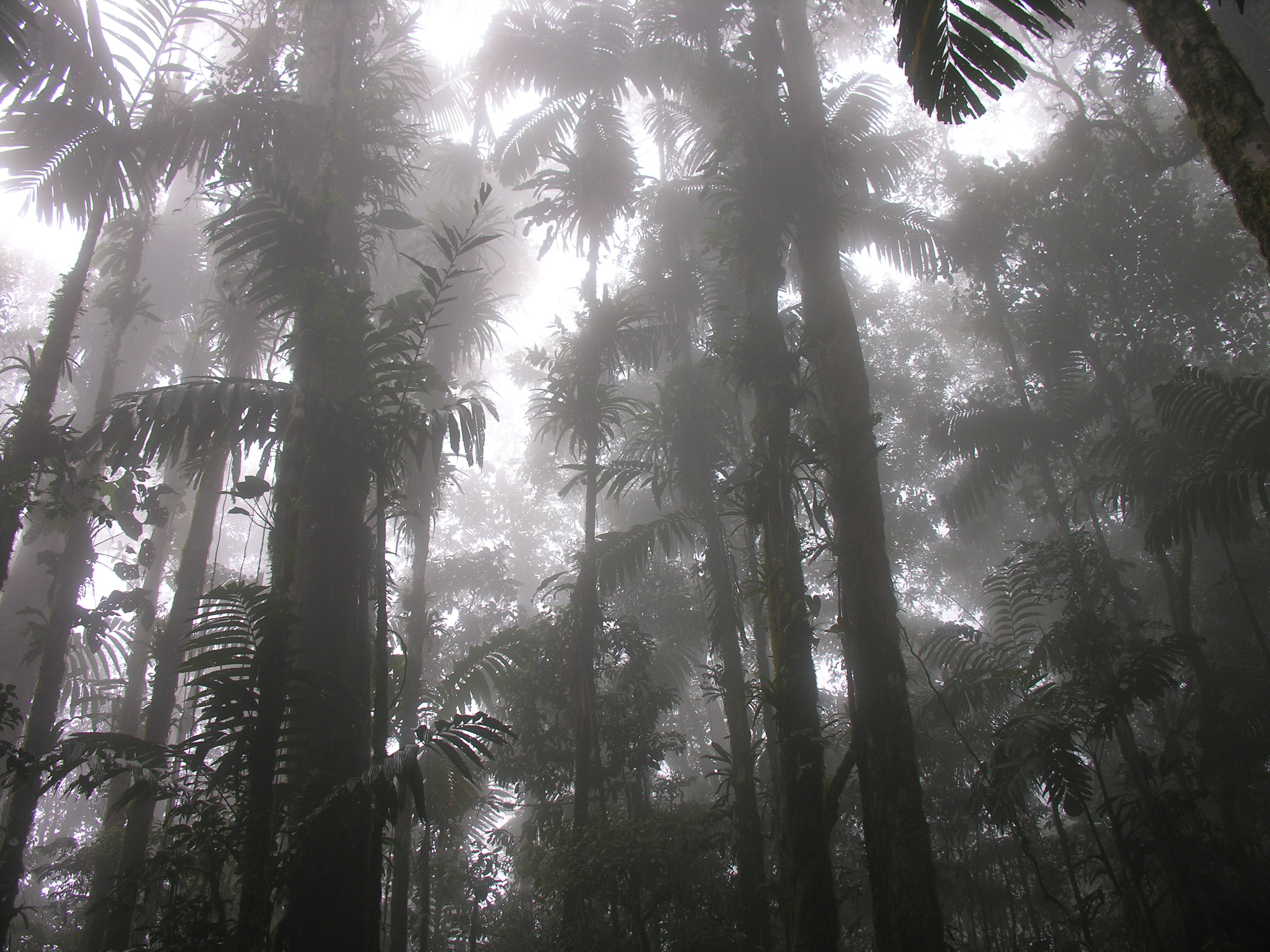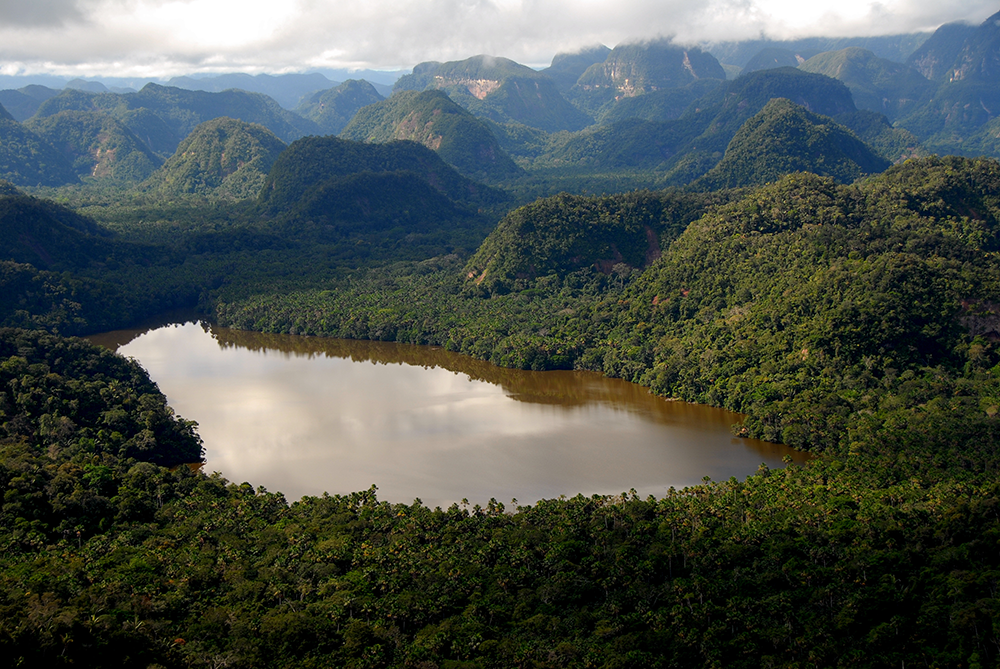


Although the PNCA had financial support during the 2008-2013 period, these sources are not considered sustainable in the long term. For this reason, CIMA searched for mechanisms to improve the Park’s financial sustainability. One of them was to design the Cordillera Azul REDD+ Project. As part of that project, CIMA and The Field Museum of Chicago, as a strategic partner, developed a technical document to verify how the PNCAZ has avoided the emission of more than 1.6 million tons of CO2 per year from deforestation, and almost 13 million tons of CO2 during the 2008-2015 period. This led it to be considered a REDD+ megaproject, validated by international standards such as the Voluntary Carbon Standard (VCS), and the Climate, Community, and Biodiversity Standards (CCB). These standards lent legitimacy and credibility to voluntary markets through certificates of greenhouse gases emissions reduction not issued. Thanks to these certificates, the project was able to obtain its registration in Markit, a tool to manage global carbon credits internationally, which in turn led CIMA to work on carbon credits negotiation processes in the international arena.
- The 20-year commitment of an NGO as executing organization of the PNCAZ’s Total Administration Contract, which seeks mechanisms to ensure financial sustainability.
- Global acknowledgment of the contribution of ecosystem services to local communities and at a national level, and the promotion of their economic valuation, which led to the creation of the PNCAZ REDD + project.
- Articulation of the co-management structure with a financial partner that allows greater sustainability.
As a result of the international carbon credits negotiation processes, by the end of 2014, CIMA secured a key financial partner by the end of 2014: Althelia Climate Fund, with whom it has a contract until at least 2021. This contract enables the PNCAZ to receive funding for the Park’s year-round operations in exchange for a predetermined number of carbon credits generated by the Cordillera Azul REDD+ project. This allowed the development of a financial sustainability mechanism that has allowed investments in the strengthening of the protected area management capacities, implementation of local conservation initiatives and environmental education, and investment in sustainable productive activities carried out by local communities and social organizations. All this allowed the conservation and protection of the park to become a reality.